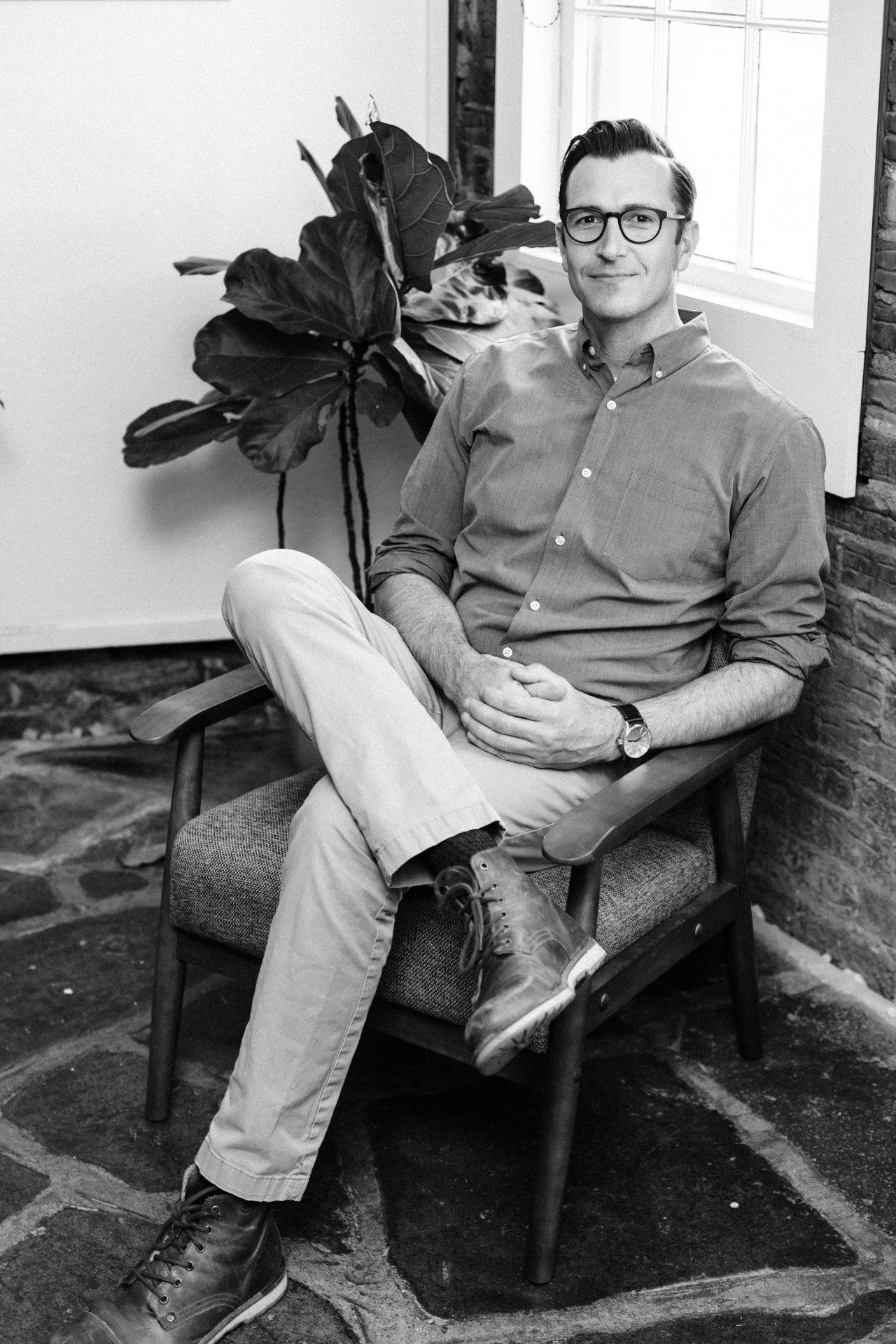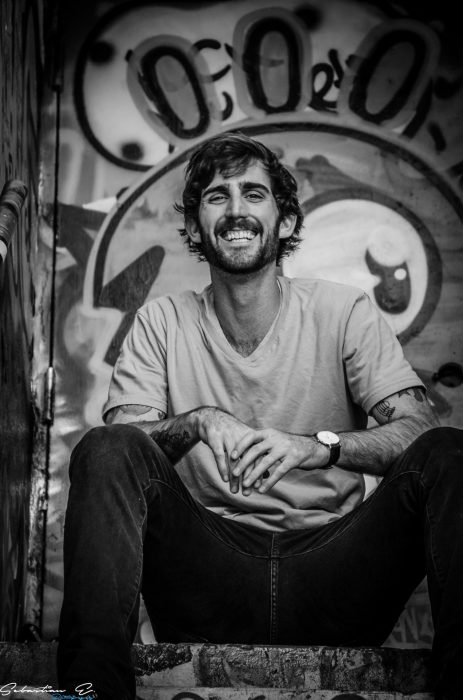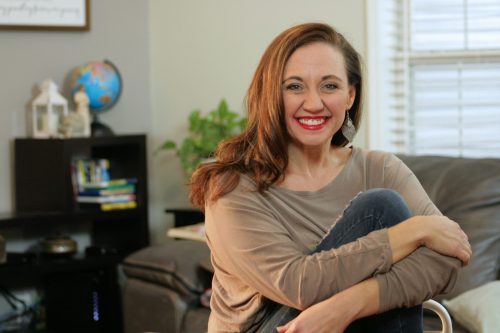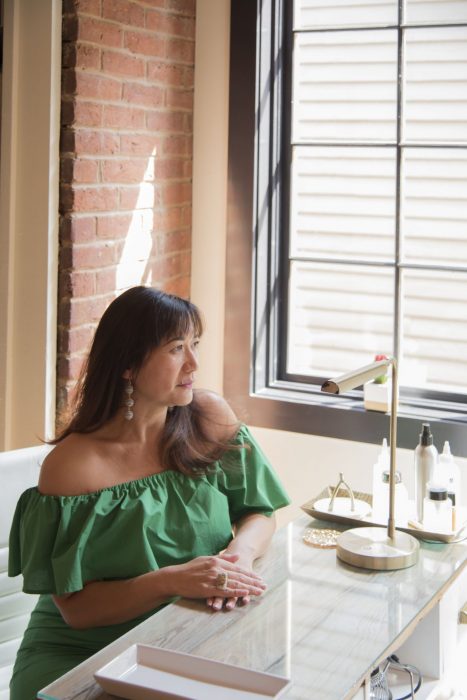I recently had the pleasure of interviewing Allen Davis, former Director of Civic Design for the City of Charleston. (Alan took on a job of even more prominence in 2021 as Principal Planner for the Town of Cary, his hometown.) Davis’ interview is the second in a three-part series that photographer Aleece Sophia, a Charleston native, and I created this past Spring to highlight the people of this wonderful historic city. In particular, we were interested in folks like Davis whose motivation was to maintain the delicate balance that is preserving Charleston’s past while also moving it forward in necessary ways. (Hello, more parking lots, affordable housing, and bike lanes to cut down on the crazy traffic.) Similar to myself, Davis doesn’t believe that one needs to be from a place in order to appreciate it. (Or, in his case, to even transform it through the process of revitalization.) By doing his research, applying his analytical and creative skillsets, and taking as many residents’ opinions into account as possible, Davis has helped Charleston keep up with the times while retaining its timelessness. Above all, his enthusiasm for what he does was infectious. Davis got practically giddy in our talk geeking out about every component of his job from drawing plans to conducting neighborhood forums. (He is one of the few people who adjusted well to the pandemic as it meant he could focus more hours on his work with less face-to-face meetings to attend.) In his second career, the former chef enjoys taking the hodgepodge of ingredients that composes a city and making sure it blends together similar to a delcious recipe. Paying homage to the past is how he unlocked Charleston’s potential for five years.
When did you first become interested in civic design?
The lightbulb went off when I found myself pursuing a four-year degree in art at Portland State University. I was in a class about sustainable design. The professor handed out an assignment one day and said, “This is for all of you budding urban designers.” My response was, “What the hell is urban design?”
Portland is a well-planned city with excellent urban design, lots of public space, and beautiful architecture. I was able to live there for six years without a car and ride my bike everywhere. It just works and that isn’t an accident. Progressive design decisions were made back in the 1970s. From that point forward, I created my own urban design undergraduate college curriculum and got an internship with the City of Portland.
Can you explain your passion for urban planning?
When I was living in Greensboro, North Carolina, and working as a cook, I attended a meeting once where urban planners asked people in the community what they wanted to see. I thought that was awesome. I have always been interested in cities, old buildings, historic preservation, and industrial landscapes. I have an inherent appreciation for place and the vibrancy that comes along with adding value, activity, and life to it through revitalization.
Urban design is challenging if you’re not an architect, which I am not. Yet, I am a good planner, can draw well, and understand things spatially. I found the right mix of the skills and passions I already had and just kept going. The area where urban designers actually operate is this middle ground of conceptual thinking. We think about multiple blocks of cities and how it all fits together as a whole, which just makes sense to my brain and how it naturally operates.
How does mapping out an entire neighborhood happen in actuality?
It is complex and very messy. You are always starting from something so the first thing to do is appreciate the context. I try to do this by talking to people, looking at past plans, and at the cultural and historical infrastructure. Once you have a sense of the place you can see how a city wants to be shaped in order to serve the existing neighborhoods. The hardest part is figuring out what is already going on and then connecting the dots. I work mostly in post-industrial areas where we are building mixed-use developments, which is actually easier in comparison with a new suburb where, say, you have so much more space to fill.
How did you get your last job as Director of Civic Design in Charleston, which you recently left after five years?
They found me on Linked In, brought me in, and hired me. It was a miracle. Previously, I had been in Wilmington, also a historic coastal city, where I had worked as an urban designer with the local government. I wanted to manage my own team and design for a bigger city. Ironically I had only visited Charleston twice before but I did grow up on the outer banks of North Carolina, which is low country-like. It’s easy for me to appreciate Charleston’s culture from the historic core all the way out to the islands. I don’t think you have to be of a place to appreciate a place.
Looking out for the public interest is complex because you are beholden to the taxpayer, which leads to the prioritization of the public realm over a single development. Single developments have to adhere to larger contexts to create a better whole. I also try to champion things like a true arts district or progressive bicycle infrastructure across the streets. Larger metropolises are doing these things well, and perhaps Charleston is a bit behind. Cycling and even walking to places is an afterthought here because we have such a legacy of roadway and street building that has always favored the automobile. It’s been hard to figure out how to make bike lanes a larger part of the conversation when so many things are set against it.
What are you most proud of since moving here?
Helping the Lowcountry Low line, which we recently completed the master plan for has been immensely gratifying. The intention of the project is to reclaim almost two miles of abandoned railway track and highway corridor and transform it into a green space. A project of that scale is hard to conceive of and planning at that range is difficult for many in local government to participate in. They are typically dealing with what is happening on the day-to-day rather than a grander project that is many years out. However, Friends of the Lowline has been collaborating for two years to create a plan, get it adopted by the council, and have the vision endorsed by neighborhoods and stakeholders. Looking at the nuts and bolts of it all has been most challenging as there are always many complex moments that add up to a plan that works. Helping it become something more than it might have been was an honor.
What is it like to work on a project for that long? I bet it requires a lot of patience!
(Laughs) Architecture has a short life. You can see your building in your lifetime. In urban design, you’re creating diagrams for other people to implement and promoting ideas that will never get done. What I mean by that is oftentimes the ideas are too complex or a new opportunity presents itself like the sale of some land. We have to constantly adjust to new situations.
What is your favorite thing about what you do?
Unlocking ideas, capitalizing on opportunities and connecting the dots. And drawing. I just love that and wish I could do more of it. There is a culinary technique called “shoemaking,” which is taking a bunch of different, leftover ingredients and making something out of nothing. I can do that in a city through a process called “synergy” by taking disparate pieces and helping them to become a better whole through revitalization. Also, I enjoy teamwork and will oftentimes still use kitchen phrases like “All hands on deck,” which is my way of saying, “I need this from you and you.” The work then takes on this life of stamping tickets on a line where everyone is pitching in to meet an intense deadline. It’s pretty cool to build something on such a large scale in that way.




